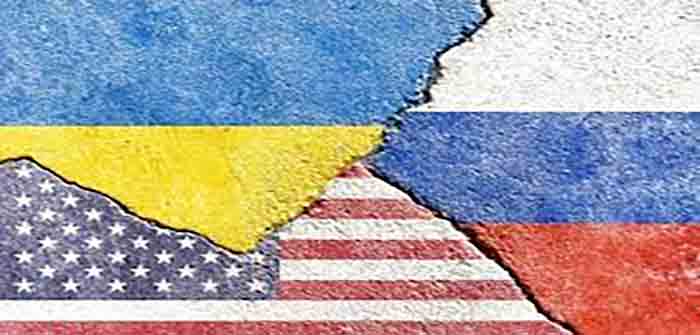
by Observer R at A Son of the New American Revolution
INTRODUCTION
This paper is written to help address a recurring question concerning the Ukraine conflict: whether Russia is moving fast enough to finish its Special Military Operation (SMO)? In order to do this, the paper covers certain selected historical periods in the operation where Russia might have made different decisions affecting the scope and pace of the SMO. Material is added to tentatively help explain the reasons why Russia chose to do one thing and not another. More background information is added to partially cover the United States involvement. While the first part of the paper takes an historical approach, the second part addresses upcoming events and situations that will require difficult decisions by both governments. These decisions will impact the speed at which the entire world moves in the direction of World War III.
HISTORICAL
Back in 2014, the US made the decision to implement the regime change finale in Ukraine that the US had spent some $6 billion on over the years in preparation, according to reports. Russia had to decide on several things at that point. One was whether to intervene in the fashion that Russia did years later in Kazakhstan by flying in a military force and rounding up the coup-plotters and then going home in a week. Russia also could have supported the democratically elected president of Ukraine after he fled to Russia by setting up a government-in-exile. Something like when the president of Yemen was overthrown and fled to Saudi Arabia. In the latter case, it became hard to tell which government the press was referring to, the one in exile or the de facto one in Sana. It is interesting that Poland has recently set up Belarus government-in-exile composed of opposition politicians from Belarus. In any event, Russia decided not to take advantage of the propaganda potential of a Ukraine exile government, which could have showcased the US claiming to support democracy, while overthrowing a democratic government. Russia also decided not to use its military to nip the problem in the bud, presumably for many good reasons. One likely reason was that Ukraine reportedly had the largest army in Europe at the time, some 800,000 troops, even exceeding the 500,000 of Turkiye.
Another reason may have been that Russia had been oriented toward Europe since the time of Peter the Great, and Putin had recently been promoting the concept of Europe from Lisbon to Vladivostok. A Russian military response in Ukraine likely would have been a poor public relations move at the time and could have brought about counter-measures by the West that Russia was not yet prepared for. Instead, Russia organized the Minsk agreements to attempt a peaceful resolution to the separatist movements. It appeared that Russia was supporting the Ukraine separatists at the minimum necessary level, and that Russia mainly concentrated on securing Crimea and the extremely important naval base in Sevastopol.
The Minsk agreements, however, were not implemented by the West, nor by Ukraine. The Western politicians later stated that it was a ruse to give NATO time to arm and train the Ukrainian army. This was a decision to set up a NATO army on the border with Russia, despite many strategists in the West who had warned against this very provocation. There were many complaints on the Russian side that forceful actions should have been taken much earlier against the Ukraine build-up. Also that the Russian leadership had been fooled by the West. Other viewpoints were that Russia had also used the eight years to build up its forces and had needed the time just as much as NATO/Ukraine. Outsiders do not know the extent of Russian military preparation during this time period, nor how far along Russia was in preparing for the certain economic headwinds if war broke put. However, it was in 2018 that Putin made his speech about all the new “wonder weapons” that Russia had developed. Presumably, many of these weapons were still in testing, factories needed to be built to produce them, and more time was needed to get them delivered to the front lines and the troops trained to use them..
By 2021, decisions needed to be made. The NATO/Ukraine had developed…
Continue Reading